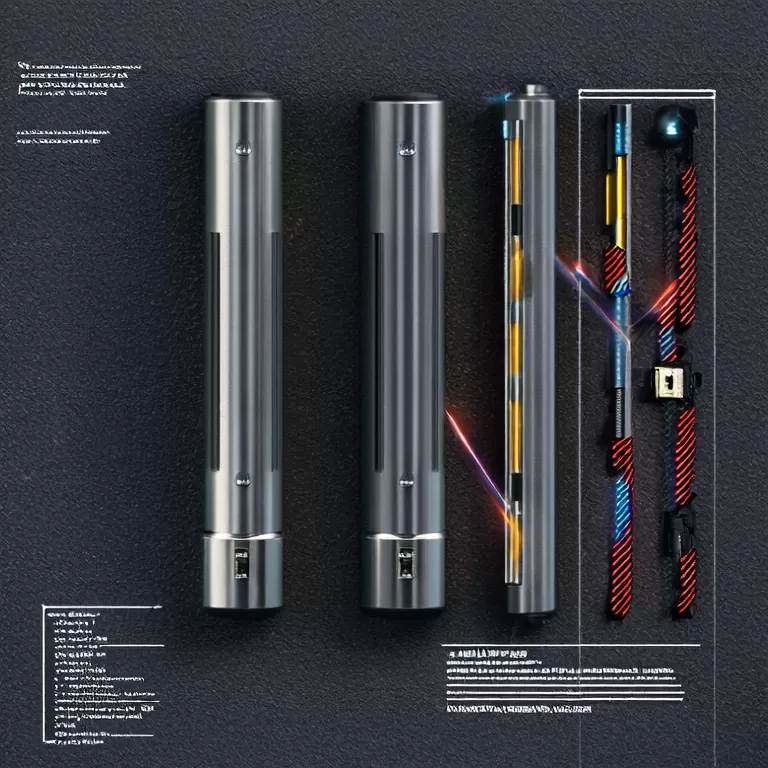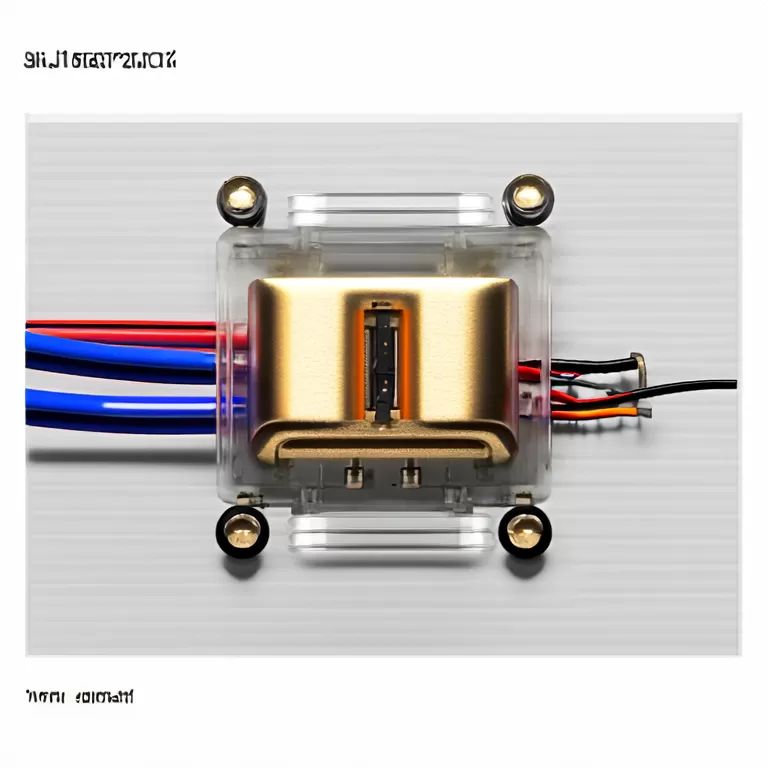- Home
- Products
+
- Connectors
+
- Box Header Connectors & Ejector Header Connectors
- Female Header Connectors
- Male Pin Header Connectors & Mini Jumper Connectors
- IC Socket / PLCC Socket / ZIF Socket Connectors
- Wire to Board Connectors & Wire to Wire Connectors
- IDC Connectors
- FFC / FPC Connectors
- Micro Match Connectors
- DIN41612 Connector
- D-Sub Connectors / D-SUB hood
- SIM & Micro SIM & Nano SIM Card Connectors
- Memory Card Connectors
- USB 2.0 / USB 3.0 / USB 3.1 / Type C / Micro USB / IEEE 1394 / Mini USB Connectors
- DVI Connectors & HDMI Connectors
- Y13 / Y17 /Y21 IP68 Waterproof Circular Connectors
- Circular Connectors
- SATA Connectors
- Audio Connectors
- Terminal Blocks
+
- PCB Terminal Block Rising Clamp
- PCB Terminal Block Wire Protector
- Pluggable Terminal Blocks
- Screwless-Spring terminal blocks
- Barrier Terminal Blocks
- Reflow Solder LCP Housing Terminal Blocks
- Fuse lighting terminal blocks
- Feed Through Terminal Blocks and Box
- Miniature Rail-mounted Terminal Blocks
- Insulated terminals
- Non-insulated terminals
- Solder terminals for PCB mount
- Switches +
- Crystals / Oscillators / Resonators +
- Transformers +
- Ethernet Connectors +
- RF Connectors +
- Sound sources +
- Latching Relay +
- Antenna +
- Connectors
+
- Cross Reference
- Solution
- About RHT
- FAQ
- Download
- News
- Contact Us +
How to Choose RF Connectors for 5G Infrastructure
 Jun. 06, 2025
Jun. 06, 2025Table of Contents
Introduction
Summary Answer
How to Choose RF Connectors
1. Understand Your Needs
2. Know the Types of RF Connectors
3. Prioritize Quality and Compatibility
Conclusion
FAQ
Introduction
Choosing the right RF Connectors for 5G infrastructure can be challenging. With so many options available, it can be hard to know where to start. The efficiency of your network often depends on the quality of these connectors. As a Wholesale Electronic Components Manufacturer, understanding which connectors work best for your specific applications is crucial. Quality RF connectors are vital for minimizing signal loss and ensuring reliable connections in high-speed environments. Let's explore how to make informed choices.
Summary Answer
To choose RF connectors for 5G infrastructure, first determine your specific needs and understand the types available. Then ensure compatibility and prioritize quality by considering materials and manufacturer ratings. This process will lead to optimal performance and reliability in your network.
How to Choose RF Connectors
1. Understand Your Needs
Knowing your needs is the first step in selecting RF connectors. Determine the frequency range and power levels you will work with. Different applications may require various specifications. Factors to consider include:
Frequency Range: Determine the operating frequencies for 5G deployment.
Power Levels: Know the expected power levels to avoid overheating and damage.
Environmental Factors: Consider whether connectors will face harsh conditions (e.g., moisture or dust).

2. Know the Types of RF Connectors
Familiarize yourself with the common types of RF connectors. Here are a few examples:
SMA Connectors: Ideal for high-frequency applications. They offer durability and good performance.
N-Type Connectors: Suitable for outdoor use. They provide a reliable connection due to their weatherproof design.
BNC Connectors: Commonly used for video and telecommunications. They allow quick connections and disconnections.
| Type | Frequency Range | Typical Use | Advantages |
|---|---|---|---|
| SMA | Up to 18 GHz | Wireless systems | Small size, robust |
| N-Type | Up to 11 GHz | Antenna connections | Weatherproof, strong |
| BNC | Up to 4 GHz | Video applications | Easy to connect/disconnect |
3. Prioritize Quality and Compatibility
Quality matters when choosing RF connectors. Low-quality connectors can introduce signal loss and affect overall performance. Look for connectors made with high-quality materials, such as brass or stainless steel. Also, check the manufacturer's reputation and ratings.
Material Quality: Ensure connectors have durable materials that withstand environmental conditions.
Compatibility: Verify that the connectors match your cables and equipment specifications.
Case Data Supplement
Connector performance plays a significant role in maintaining signal integrity. A study showed that using higher-quality connectors reduced signal loss by nearly 30% in various RF applications. This emphasizes why it is crucial to invest in good connectors for effective 5G infrastructure.
Conclusion
In conclusion, selecting RF connectors for 5G infrastructure requires careful consideration of your specific needs, the types available, and the quality of materials. Proper choices lead to improved connectivity and network reliability. As a Wholesale Electronic Components Manufacturer, ensuring these factors will help create a robust and efficient 5G network.
FAQ
What are RF connectors used for? RF connectors are used to connect radio frequency (RF) transmission lines and ensure the efficient transfer of signal.
How do I know which RF connector to choose? Identify your frequency range, power levels, and environment. Then select the appropriate type of connector based on your findings.
What is the difference between SMA and N-Type connectors? SMA connectors are smaller and designed for high frequency, whereas N-Type connectors are larger and ideal for outdoor use due to their durability.
Why is quality important in RF connectors? High-quality connectors minimize signal loss, ensuring better performance and reliability in networks.
Are all RF connectors compatible? No, RF connectors must be compatible in terms of dimensions and specifications to function correctly together.
 Dec. 12, 25
Dec. 12, 25
What connector is used in audio equipment?
 Dec. 12, 25
Dec. 12, 25
What is a feed-through terminal block?
 Dec. 10, 25
Dec. 10, 25

















